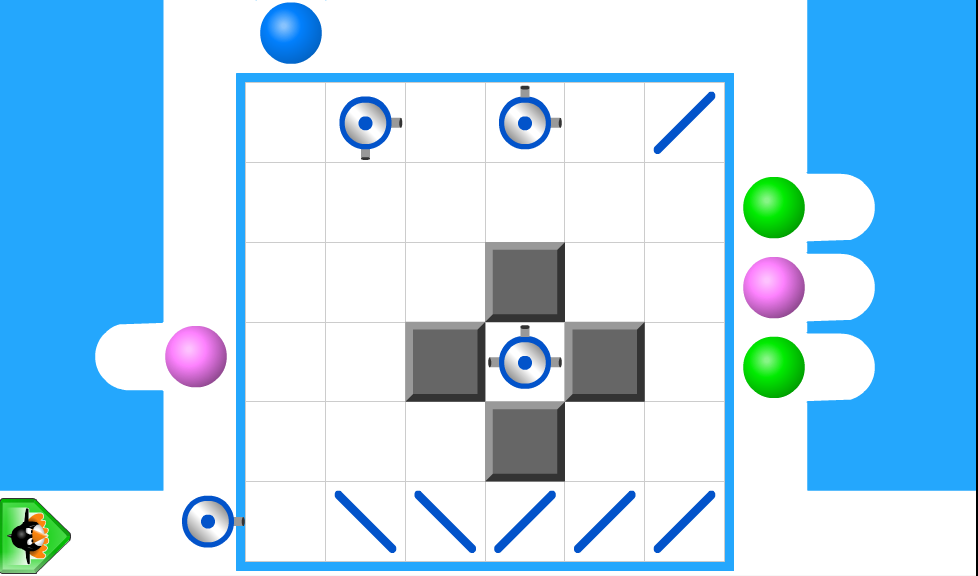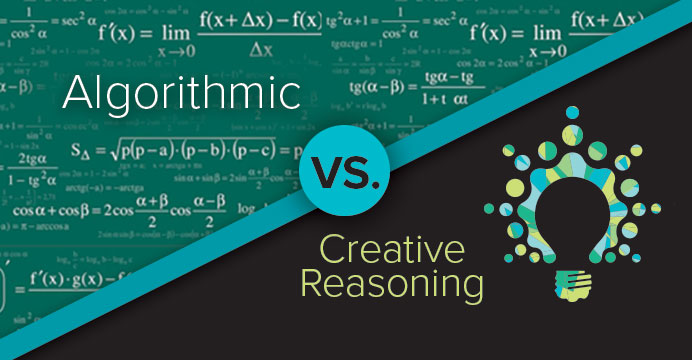AI has become a dominant topic in education, often promising customization and automation. However, many implementations remain surface-level, offering personalization without fundamentally improving learning outcomes. At MIND Education, we take a different approach. Rather than using AI to merely adjust content delivery, we embed it into the heart of program evaluation—analyzing how students interact with and learn from our materials to refine instructional design itself. Our goal isn’t to follow trends; it’s to ensure AI delivers meaningful, measurable impact for students and educators alike.
How AI Shaped ST Math
The origins of our AI-driven approach trace back to the 1970s, when professor Gordon Shaw, at the University of California, Irvine, merged statistical physics and brain theory to develop and explain neural network behavior. His work, later extended by others, laid the foundation for modern AI and machine learning. These insights became central to our vision at MIND Education – to improve math learning through spatial-temporal reasoning.
In the 1990s, MIND Research Institute founders Shaw and Mark Bodner at the University of California, Irvine and UCLA, investigated how spatial-temporal abilities are fundamental to brain function and influence mathematical problem-solving. Their research led to the creation of interactive games that formed the basis of ST Math. The first implementation in a Los Angeles school—one of the lowest-performing in the district—yielded compelling results. Students showed increased engagement, and their math performance improved significantly—with many students achieving levels measured at the highest performance nationally–demonstrating the potential of this new instructional model. However, this early success also exposed a challenge: not all students benefited equally, and designing universally effective games, even with input from colleagues that included Nobel Prize laureates, required more than theory or intuition—it required systematic analysis and iteration.
Refining ST Math with AI
Despite the early breakthrough, only a subset of the original ST Math games achieved widespread impact. Recognizing the need for continuous refinement, Bodner and Shaw, with MIND Researcher and National Academy of Science neuroscientist Ted Jones, conceived and launched the application of AI and data mining methods to the vast amounts of digital education data produced by the student interactions with the ST Math video games. This launched Data-Driven Education AI (DDE-AI).
By leveraging the digital data from student interactions, they identified underlying patterns in learning behaviors and outcomes and the ST program elements producing them. This iterative process helped refine game design and ensure that instructional sequences more effectively supported conceptual understanding.
In 2002, MIND Education deployed an AI-driven evaluation process evaluating a dataset of just a few thousand students. This initial approach led to program modifications producing significant improvements, it also revealed the limitations of early AI models. Over the next decade, as data volumes expanded and computational techniques advanced, refinements in DDE-AI led to substantial program modifications and gains in efficacy. By 2010, these iterative improvements helped ST Math more effectively support a diverse range of learners, quadrupling efficacy and reinforcing the importance of ongoing AI-driven evaluation rather than one-time optimization.
Why AI Matters for Educators
The role of AI in ST Math isn’t about flashy technology—it’s about better understanding how students learn and improving the program accordingly. AI enables us to:
- Identify learning patterns at scale – By analyzing millions of student interactions, we can pinpoint which instructional sequences work best.
- Refine content to maximize efficacy – AI doesn’t replace educators but provides data-driven insights to enhance curriculum design.
- Support diverse learning needs – By continuously iterating, ST Math adapts more effectively across different student populations, helping address persistent challenges in math education.
Rather than promising immediate transformation, our AI approach focuses on sustained, measurable improvement. This ensures that ST Math not only remains effective but continues to evolve alongside student needs and instructional research.
Setting Bold Goals for Impact
MIND Education is committed to delivering real, measurable change. That’s why we set ambitious but achievable targets:
- Expanding Equitable Access: Ensuring that at least 85% of students in the lowest-performing subgroup meet proficiency standards, while at least 50% exceed them.
- Accelerating Growth for New Schools: Supporting 95% of first-year ST Math schools in achieving a five-point or greater increase in students meeting standards, with an average gain of at least 20 points.
By reaching these milestones, we aim to redefine what’s possible in math education—not just improving performance, but proving that an AI-enhanced approach to program refinement can lead to widespread, sustained gains.
Looking Ahead: The Future of AI in Education
At MIND Education, our goal is not to chase AI trends, but to use AI responsibly to improve educational outcomes. By grounding our work in data and evidence, we ensure that AI serves its most important role—not as a marketing tool, but as a means to create better learning experiences for students.
The challenge in education isn’t just adopting new technology—it’s ensuring that every student benefits from meaningful, well-researched innovation. By continuing to refine ST Math with AI-driven insights, we’re not just keeping pace with the future—we’re actively shaping it.



